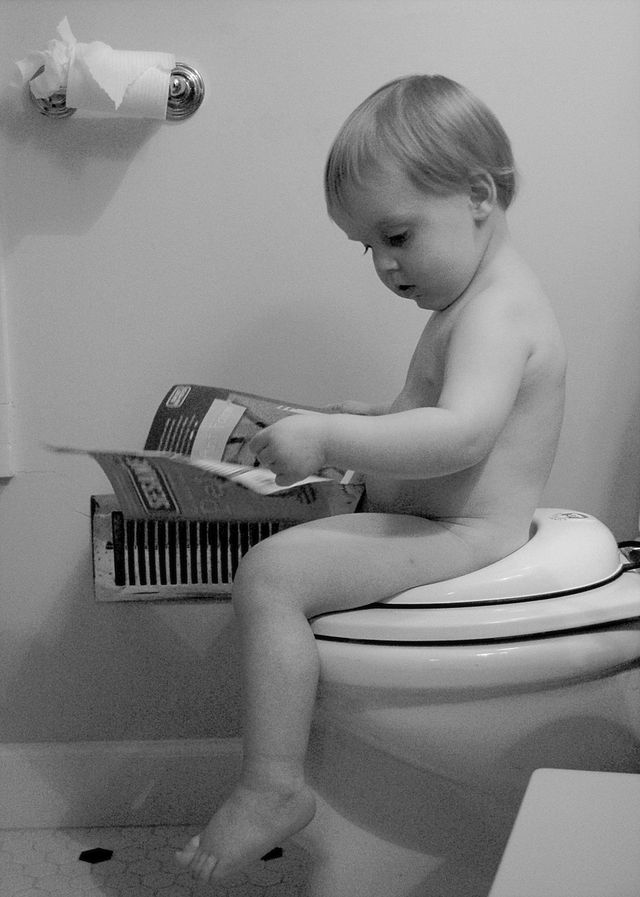- Does your child seem interested in the potty chair or toilet, or in wearing underwear?
- Can your child understand and follow basic directions?
- Does your child tell you through words, facial expressions, or posture when he or she needs to go?
- Does your child stay dry for periods of two hours or longer during the day?
- Does your child complain about wet or dirty diapers?
- Can your child pull down his or her pants and pull them up again?
- Can your child sit on and rise from a potty chair?
If a child resists being trained or it is not successful after a few weeks, it is best to take a break and try again later. Most children master daytime bladder control first, typically within two to three months of consistent toilet training. However, nap and nighttime training might take months or even years.

Some children experience elimination disorders that may require intervention by the child’s pediatrician or a trained mental health practitioner. Elimination disorders include: enuresis, or the repeated voiding of urine into bed or clothes (involuntary or intentional) and encopresis, the repeated passage of feces into inappropriate places (involuntary or intentional) (American Psychiatric Association, 2013). The prevalence of enuresis is 5–10 percent for 5-year-olds, 3–5 percent for 10-year-olds and approximately 1 percent for those fifteen or older. Around 1 percent of 5-year-olds have encopresis, and it is more common in males than females.

